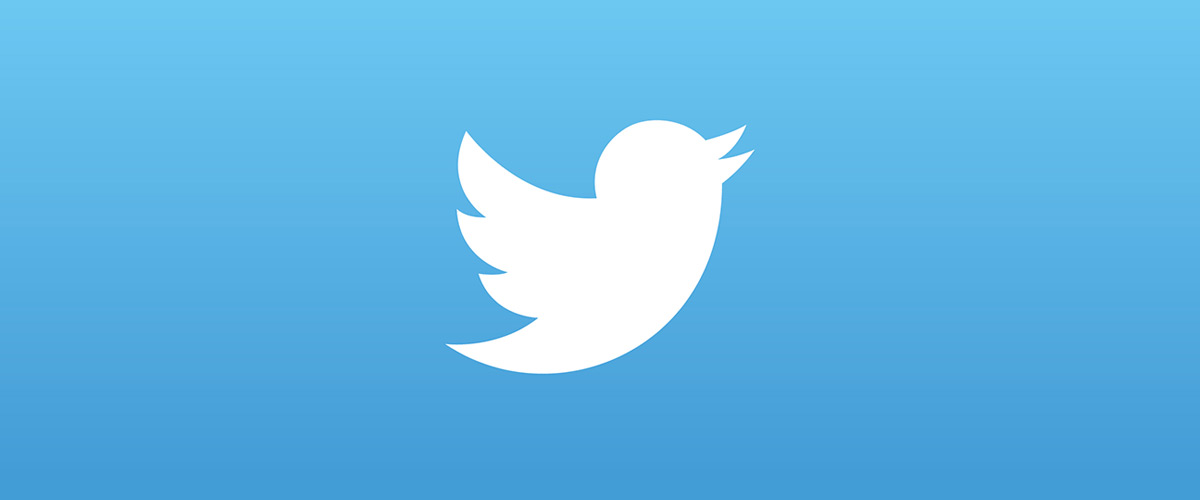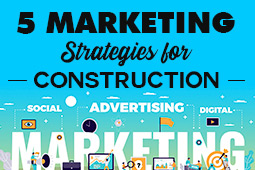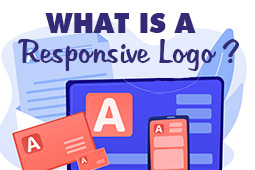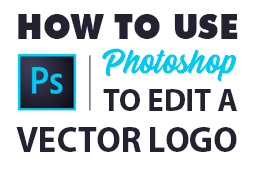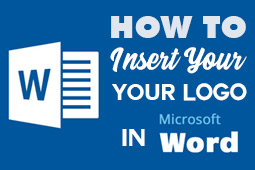People love animals, so naturally a lot of companies want to include them in their logos. Animals represent the best of us — lions symbolize courage, owls symbolize wisdom, etc. — so instead of using, say, a “clever human” as your mascot, you’ll communicate your brand identity faster and more directly with a fox.
From apparel to social media to sports cars to jewelry, animal logos can fit virtually any industry or brand style… as long as you know how to use them. Like shapes and colors, there’s an animal for every branding style; the trick is knowing the best one for you.
In this guide, we talk about how to use animal logos effectively for any company. Let’s start by examining the 10 best animal logos from some big-name companies, and then we’ll give some advice about how to use animals in your own logos. If you want to know how to design a logo yourself, we give a quick how-to at the end.
We’ve already discussed animal mascots in sports logos, so we excluded them on this list. If you’d like to learn about how to use animals for the logos and mascots of sports teams, you can read our guide 10 Best Sports Logos and How to Make Your Own now.
10 Best Animal Logos
Let’s start with one of the most popular animal logos, the Twitter bird. This design does a lot right, and you can learn more from it than just how to design an animal logo.
For starters, it’s quite a simple shape — there are no details like eyes or feathers, it’s mostly just a shape. This puts more emphasis on the color, the most prominent design element. In this case, Twitter’s baby-blue is a strong branding choice: this blue conjures feelings of trust and inclusivity, a smart choice for social media. Because the color is such a great fit for the brand, the rest of the elements in the logo take a step back to let the blue take center stage.
But the bird shape does not go unnoticed. The mostly curved edges give the Twitter brand a playful feel, while the sharp angles of the feathers, beak, and tail give subtle hints that Twitter isn’t quite so sweet or innocent.
Last, the choice of a bird fits the brand. It echoes the brand name with a “twittering” bird, and at the same time shows off the social media platform’s airy and carefree side.
WWF

Naturally, as a company dedicated to animals, the World Wildlife Fund would choose an animal logo, but they really took it above and beyond with the artistic style and use of color.
First, the panda was a smart choice because it’s one of the most famous endangered animals, not to mention one of the most beloved. The panda itself has come to symbolize the threat of animal extinction, which the WWF fights vehemently.
But it’s also a great visual choice because of the black-and-white color scheme. Using contrasting and opposite colors is ideal for getting attention, and in this particular case, the white allows them to play with negative space. The way the eyes and ears seem to “float” on closer inspection adds an interesting dynamic that improves brand recognition and awareness.
Evernote
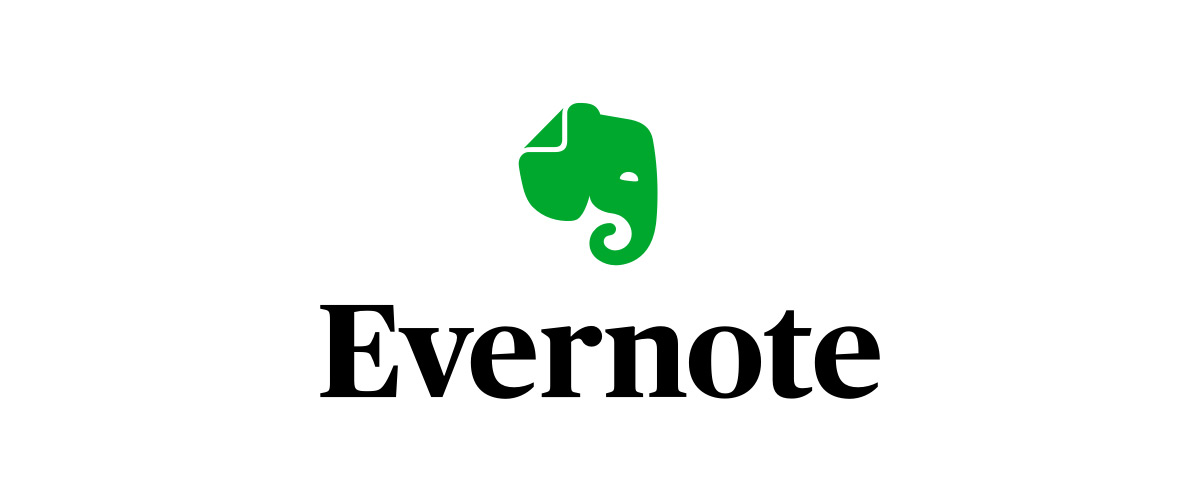
There’s at least two levels to Evernote’s exemplary elephant logo. The first is an excellent use of some traditional design techniques — the curves and rounded edges make the logo seem friendlier, the “dog-eared” corner draws up connotations to stationery and note-taking, and the simplicity of the imagery lends more attention to the color, just like Twitter’s logo.
Then there’s another layer on top of it, the choice of the elephant. Colloquially, elephants are known for “never forgetting,” making them a perfect symbol for a note-taking app.
MGM

One of the oldest and most enduring animal logos, the Metro Goldwyn Mayer (MGM) lion is just as powerful today as it was when it debuted in 1916. Lions are one of the most common animals for logos because they’re synonymous with strength and power — especially when they roar, which the MGM lion is famous for.
The beauty of the MGM logo is that it’s one of the earliest moving logos. Unlike logos that appeared in print ads or even online, the MGM logo was shown mostly during films. As we explain below, this demonstrates the importance of designing a logo specifically for where it’s to be used.
Lacoste

The Lacoste alligator shows us that the style of the design is more important than the actual animal you choose. When people think of upscale casual wear, a dangerous reptile isn’t the first thing that comes to mind, but because of the way this one is designed, the Lacoste alligator has become the very emblem of polo and tennis shirts.
Consider how differently this logo would be designed if it were for a sports team or an aggressive security company. But Lacoste uses clever design choices — like simplicity and empty space — to adapt an otherwise fear-inducing predator into a symbol of comfort.
Jaguar
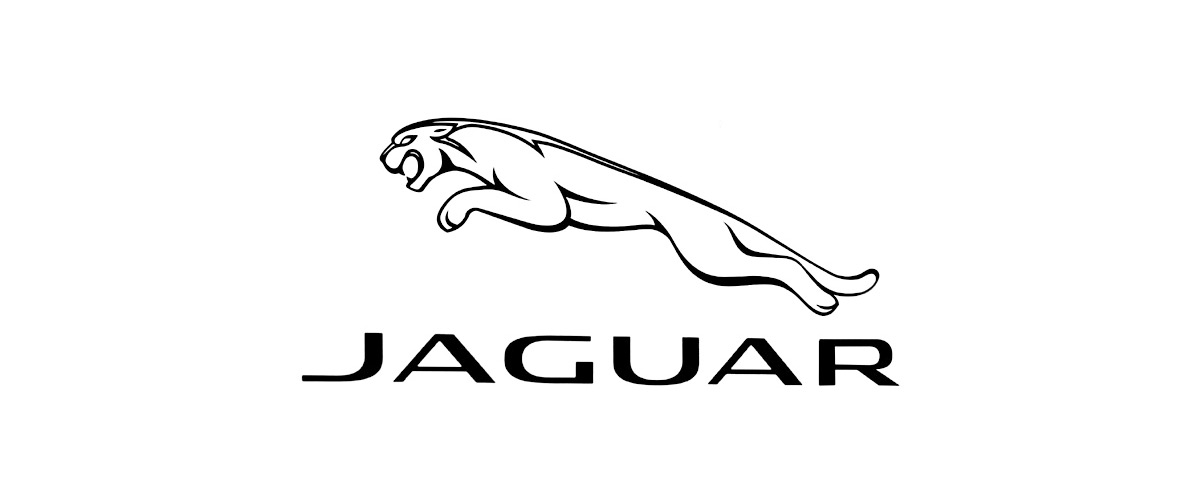
Just like the MGM lion, the sports car Jaguar designed their logo with practical purposes in mind — in this case, a hood ornament. In a way, the two-dimensional Jaguar logo we see on paper and screens is just a secondary one, whereas the primary logo is that iconic hood ornament.
After all, that explains the dynamic pose, a jaguar in mid-pounce. This action-oriented pose creates a more interesting visual, like a photograph taken at just the right moment, and gives the image a sense of life. That effect is maximized in the hood ornament, where the Jaguar mascot actually moves forward with the speed of a racecar.
Penguin
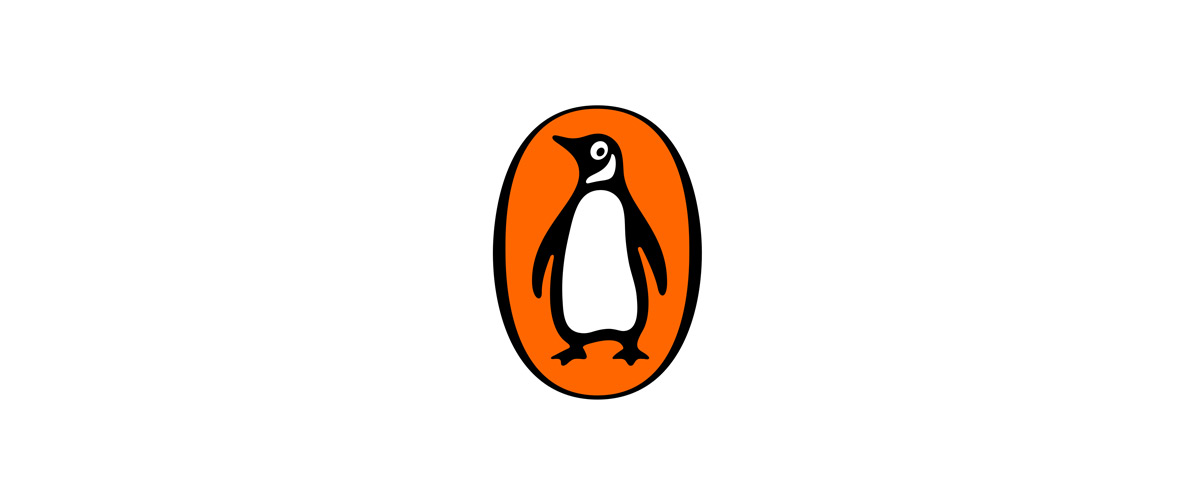
Black-and-white animals have a built-in visual flair, thanks to their innate color contrast. We’ve seen that above with the WWF panda, and we see it again here with the namesake of Penguin Publishing.
But Penguin Publishing adds a whole new dimension with the orange background. The use of a third color, and one outside the grayscale, changes everything. The black and white of the penguin become complementary colors, and suddenly the orange has a stronger effect. And because orange elicits feelings of friendliness, playfulness, and fun, those emotions become associated with the brand.
Bacardi
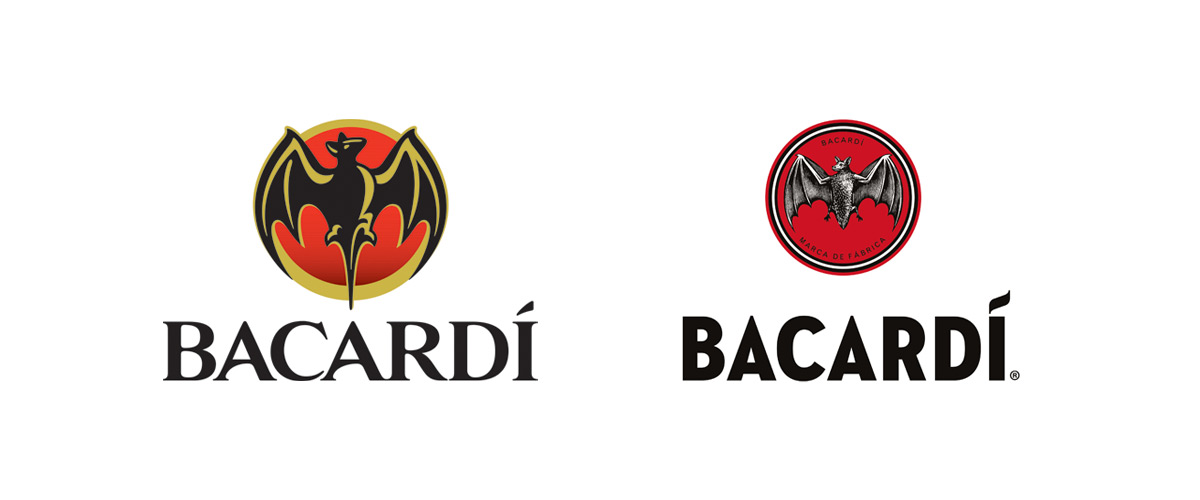
The Bacardi bat shows the versatility of animal logos. A bat isn’t expressly related to rum or alcohol in general, but the design of the logo fits the brand identity like a glove. The predominant black color depicts sophistication and power, both common themes in alcohol branding, so in that sense it fits.
The question is, how does Bacardi mitigate the “scary” themes of bats, an animal associated with Halloween and vampires? The complementary colors help — the beige softens the visuals while the red keeps the focus more on the “powerful” themes and less on the “scary” ones.
Still, bats are also synonymous with nighttime, when people drink Bacardi most, and some of the scary associations give the logo a bit of a much-needed edge. That also helps set it apart from other alcohol brands that employ more upscale — and blander — imagery.
Swarovski
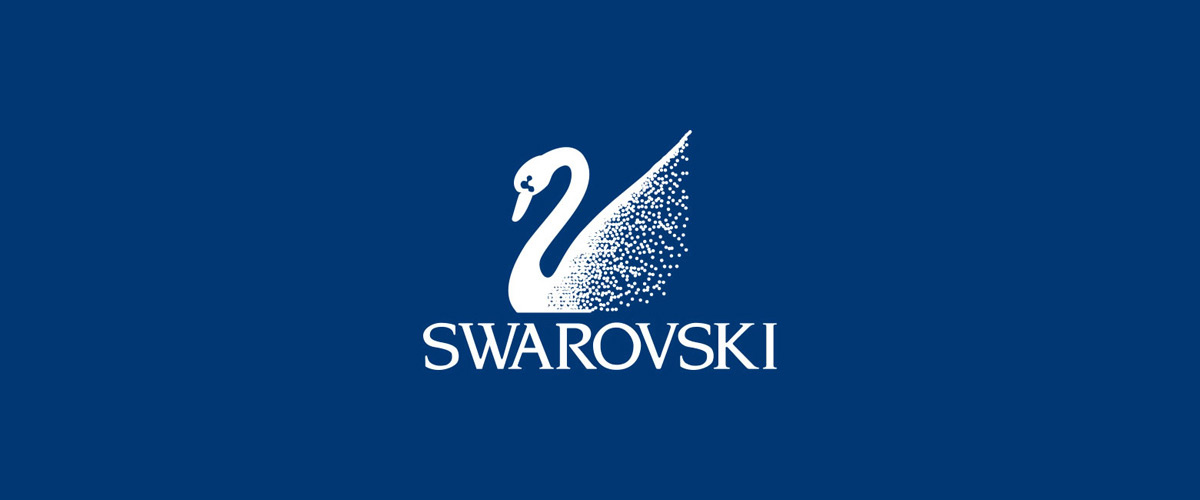
Swarovski shows us the advantages of spicing up animal logos with other visual flair, such as the gradient fade in the swan’s wings. They also use color and empty space well, as this is just a two-tone logo with negative space providing the details.
That said, the choice of a swan still holds a lot of weight. Swans are known for their elegance and beauty, and so they’re more than appropriate to represent a jewelry line.
NBC
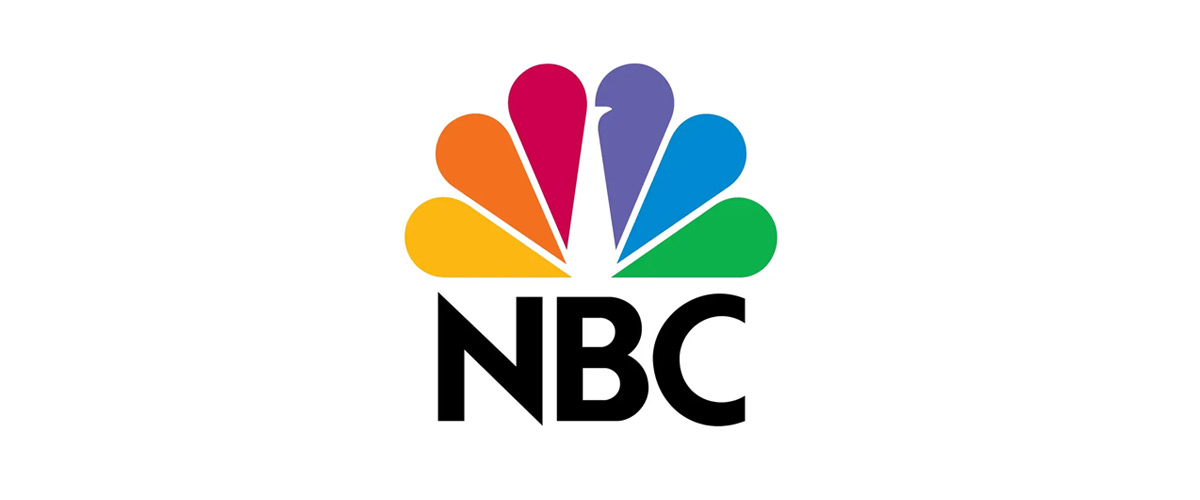
Finally, we end on another historic and long-lasting logo, the National Broadcast Company (NBC) peacock. This logo is itself a masterclass in logo design, utilizing several advanced design techniques and even inventing some new ones.
Really, the peacock is just a visual device to show off the rainbow of colors, the real star of this logo. The six different colors, all arranged in order, make the brand appear fun and entertaining, the perfect tone for a TV media company. Notice how the colors are all soft — this would be a whole different logo if NBC had chosen dark or muted shades, making the brand come across as more serious and severe.
At the center, though, is the peacock’s neck and head, carved into the backdrop using negative space. Because the rainbow is so prevalent, most viewers only notice the peacock head on a second look — but that kind of surprise realization is a good thing. It makes the viewer feel like they discovered something on their own, and that sense of connecting helps to promote brand recognition and awareness.
3 Expert Tips on Designing Animal Logos
Sure, any industry or company can use an animal logo… but whether or not they work depends on how you design them. Follow these 3 expert tips on designing animal logos to make sure yours is as effective as it can be.
Think Style, Not Species
Lions can be drawn cute and rabbits can be drawn scary. It’s not just the type of animal you choose, but the style you design it in.
When choosing which animal to represent your brand, don’t get bogged down so much in which animal you choose. The style you design it in — the colors, shapes, and other visual elements — can communicate just as much as the type of animal.
This is especially useful if you’re locked into a brand name. If all of your customers know you as, for example, a ground-hog, it’s in your brand’s best interests to lean into that association. But you can design your ground-hog logo in whatever style you want: you can make your ground-hog intimidating, cutesy, funny, or serious through design choices like sharp angles, rounded corners, and even typography.
Consider Where the Logo is Placed
A common mistake for first-time logo designers is not factoring in where they logo will be used. A lot of times the logo is designed to look good within on the screen of their design software, but that doesn’t necessarily mean it will look as good printed in a newspaper, or on a billboard, or on a tiny smartphone screen.
It’s best to design your logo specifically for where it will be used. If you need a logo for two contradicting spaces, for example, a business card and a wall mural, you can create two different versions and tailor them for each. Just make sure they’re consistent enough that viewers can recognize them as the same brand.
The logos of MGM and Jaguar exhibit how to do this well. MGM, a film company, takes advantage of “moving pictures” to create one of the first motion logos, something they could only do as a company whose logo appears mostly during films. In the same vein, Jaguar’s logo is designed to look good in three-dimensional space as a hood ornament, but still translates well to print with the two-dimensional version.
Draw on Cultural Associations
One of the best reasons to use an animal logo is that they facilitate communication. Like shapes and colors, animals all have their own connotations, sometimes cultural, sometimes biological. As we mentioned above, lions symbolize courage, owls symbolize wisdom, bat symbolize nighttime, elephants symbolize memory, and so on.
Keep these secondary meanings in mind when choosing which animals to use for your logo. Don’t be afraid to use subtly either — logos should be designed to be viewed multiple times, so even if something’s not apparent at first, it might be noticed on the second, third, or tenth viewing.
For example, you might not connect Evernote’s elephant logo to good memory right away, but if you use the app every day it’ll dawn on you sooner or later. And when it does, it strengthens the bond between customer and brand.
How to Make an Animal Logo
Now that you have an idea of what goes into an effective animal logo, the question is, how do you make one? Essentially you have two options: hire someone to design it for you or design it yourself. Both have their own merits and drawbacks, so let’s examine both individually.
Hiring a Designer
Professional designers know by heart all the tips, tricks, and techniques we’ve mentioned above, and then some. When you hire a designer, freelance or from an agency, you’re buying their expertise just as much as their time.
The problem is, no skilled designer works for free. The most glaring downside of hiring a designer is the cost — talented designers charge hundreds or even thousands of dollars for logo design.
Sometimes you can find cheaper alternatives on sites like Fiverr, but those sites have a poor record for delivering what they promised, and there’s tons of ex-Fiverr users who felt they were ripped off. The industry standard for a logo design is around $200, so if someone charges $5, you’re right to be suspicious.
Moreover, even if you have the money to spare, it can be difficult to find the right designer for you. Graphic design is a creative field, so there are innumerable artistic styles to choose from. You have to be sure to find a designer who both understands your vision and is capable of bringing it to life, but that can take time.
Design a Logo Yourself
If you don’t have spare cash in your budget for a logo, don’t despair. While in the past you may have had limited options, nowadays technology has advanced so that virtually anyone can design their own logo using an online logo design tool like logogenie.
In our digital era, design software is less about the technical skill of your hands and more about your creative ideas. You don’t need to master your brush strokes or pencil shading — you don’t even need steady hands. With digital logo makers, all you need is an idea.
Logogenie, and other online design tools, use templates to make design fast and easy, even for first timers. First, you select your industry from the dropdown menu.
We’ve categorized our templates by the needs and demands of the top industries, so finding yours is the first step. Our algorithm will then generate the top choices for your industry.
Simply choose the one you like and start editing. You can customize each template however you want, personalizing your choices for:
- Main images
- Company name and slogan
- Font and typography
- Color schemes
- Text and picture sizes
- Text and picture placement
- Adding new icons
- Layering (putting some images behind or in front of others)
You can choose from our internal library of over 200 icons. A quick glance shows that there are plenty of the intellectual imagery we mentioned above, including trees with rainbow leaves, shield crests, books, graduation caps, and more.
Using a DIY logo maker like logogenie, you can create a professional-tier logo in just minutes. When you’re done, you can buy all permissions and commercial licensing for $24.90, which grants you your logo forever.
While the template-style of design works well for first-timers, you’ll get better results if you bone up on some graphic design basics beforehand. Keep reading our blog for special design tips, straight from expert designers.

